41 tdg labels are displayed on the
Dangerous Goods Safety Marks - Transport Canada Generally, labels are displayed on small means of containment (capacity less than or equal to 450 L) and placards are displayed on large means of containment (capacity greater than 450 L). For example, labels would be displayed on a box, while a placard would be displayed on a truck carrying the box. This Bulletin has been divided into eight parts: Dangerous Goods Safety Marks.docx - Dangerous Goods Safety... - Course Hero Labels for the primary and subsidiary classes can be displayed on any side, except the top or bottom, of a small means of containment, and on the shoulder of cylinders. A package containing Class 7, Radioactive Materials must display a label on two opposite sides other than the side it is intended to rest or is to be stacked.
Marking and Labeling of Dangerous GoodsSimplifying IMDG Code Shall be displayed on a background of contrasting colour, or shall have either a dotted or solid outer boundary line. Colour of the label is very important as the colour together with the symbols directly communicate the type of hazard involved. Those who are printing their own label may use PANTONE ® formula guide for accurate colour.

Tdg labels are displayed on the
Hazmat Labels, Hazmat Placards, and Hazmat Markings - Labelmaster They must be on all 4 sides - placards need to be displayed on all four sides of a transport vehicle or bulk packaging. They must always be displayed in the square-on-point configuration and be located at least 3 inches away from any other marking that may reduce its effectiveness. This is what a compliant placard vehicle is. Hazmat Markings Ch 3 Flashcards | Quizlet Which of these labels is NOT an acceptable label for a package containing a quantity of Acrylamide? C. ... Transportation of Dangerous Goods (TDG) ... When two or more different primary and subsidiary hazard labels are required, they must be displayed_____. A. next to each other, but not more than 6 inches apart ... Dangerous Goods Classes and Symbols - ChemSafetyPro.COM There are 9 dangerous goods classes. Substances (including substances and mixtures), and articles are assigned to one of the following 9 classes according to the most predominant hazards they pose in transport. Some of the classes can be further divided into divisions, e.g., Class 1, while others do not have sub-divisions, e.g., Class 3.
Tdg labels are displayed on the. Transportation of Dangerous Goods (TDG) - Dangerous Goods Safety Marks ... The labels must be displayed on any side of the outer surface of a means of containment other than the side on which it is intended to rest or be stacked during transport. For a cylinder containing dangerous goods, the label must be displayed on or near the shoulder of the cylinder as shown below [Subsection 4.10 (3)]. Dangerous Goods Labeling & Marking Guide | Klinge Corp Transport labels for dangerous goods must be clearly printed on or affixed to the surface of the package in a location other than the bottom and near the shipping marking, as they inform how to transport, handle and store dangerous goods. On the other hand, marking conveys the specific hazards dangerous goods pose more specifically than labeling. (Dangerous Goods) Quiz Flashcards | Quizlet dangerous goods labels and procedures. What must FAs be familiar with? the shipper. ... What is identified as the length of time an image is programmed to remain displayed on a monitor connected to a Sequential Switcher? 5 answers. Sets found in the same folder. IATA dangerous goods classes. 55 terms. rui_brito. DANGEROUS GOODS. PDF Packing and Labelling Dangerous Goods for Transport Individuals shipping dangerous goods must keep a "proof of classification" for all dangerous goods offered for transport or imported into Canada for a 5-year period after shipping. Proof of classification must include the date of classification, the technical name of the dangerous goods, and the classification of dangerous goods.
Transportation of Dangerous Goods (TDG): Overpack & Markings - Safeopedia The following is taken from Regulations Section 4.10.1 of Dangerous Goods Safety Marks, TDG Regulations for safety marks on an overpack. When a safety mark is required by this Part to be displayed on a small means of containment and the small means of containment is inside an overpack, the person who prepares the overpack must display: Understanding Shipping Labels and Placards for Radioactive ... - REMM Standard paper label size is about 4 inches by 4 inches and is displayed "on point". Labels are NOT the same as markings or placards Examples of the 5 required Hazard Labels for Shipments of Radioactive Material. (Source of graphic above: Radioactive Materials, Transportation and Incident Response (PDF - 8 MB) (FEMA, DOE/TEPP, May 2010, page 14) Alberta Transportation Dangerous Goods - Safety Marks There is a specific set of labels representing the various hazards defined by the TDG. Regulations. They are applied to the outer surface of small means of ... Introduction to TDG - ChemSafetyPro.COM Labelling: mainly means hazard symbols (and handling labels) displayed on small means of packages (usually less than 450 liters) ; The picture below shows how a dangerous goods package should be marked and labelled. Limited Quantity and Excepted Quantity
Dangerous Goods Classification, Labels & Declaration - DG Packaging Pte Ltd Dangerous Goods Labels Do check the UN GHS regulations to find the appropriate label for your dangerous goods. Our labels meet the standards of 49 CFR, ICAO and other international air regulations. They are also made with strong adhesives that make it suitable to stick on different surfaces. Expert Advice For Dangerous Goods Declaration Canadian TDG Labeling | Graphic Products within a white rectangle included in the primary class TDG label Colors used for TDG labels must be the following standard colors: Blue - Pantone 285 Green - Pantone 335 Orange - Pantone 151 Red - Pantone 186 Yellow - Pantone 109 Guide to International GHS Labeling Learn the UN's GHS standard to chemical identification DOWNLOAD NOW INCOM | Dangerous Goods Truck Placards & Labels Placards are displayed on vehicles and tanks to identify the risk of products being transported. We manufacture our entire placard line to meet Transport Canada guidelines and offer them in your choice of material. These products are intended for TDG dangerous goods transportation identification within Canada and International. IATA Dangerous Goods Training | Hazmat University Hazmat University's IATA Dangerous Goods Online Training can help these employees understand the regulatory requirements for marking and labeling. To purchase your initial or recurrent Online IATA Certification Training, call us at (844) 532-7634 / (609) 860-0300 or contact us online. Get Online Limited Quantities Training: ORM-D Exception ...
Transportation of Dangerous Goods Regulations ( SOR /2001 ... 4.11 (1) When dangerous goods in transport are in a small means of containment on which a primary class label for the dangerous goods must be displayed, ...
Orientation of labels and placardsSimplifying IMDG Code Feb 8, 2021 LABEL, MARK, PLACARD. IMDG Code states that "a cargo transport unit (a freight container, semi-trailer or portable tank ) containing dangerous goods or residues of dangerous goods shall clearly display placards one on each side and one on each end of the unit. For orientation arrows the Code says positioning must be 'arrows ...
Transportation of Dangerous Goods Regulations (2) For the purposes of subsection (1), the quantities of dangerous goods are (a) any quantity, in the case of the following dangerous goods: (i) UN1261, NITROMETHANE, (ii) UN1357, UREA NITRATE, WETTED, with not less than 20% water, by mass, (iii) UN1485, POTASSIUM CHLORATE, (iv) UN1486, POTASSIUM NITRATE,
TDG Labels - Accuform TDG Label - Class 5. TDG Label - Class 5. TDG Label - Class 6. TDG Shipping Labels: Hazard Class 8: Corrosive. TDG Shipping Labels: Hazard Class 9: Miscellaneous Dangerous Goods. TDG Label - Marine Pollutant. TDG Shipping Labels: Marine Pollutant Mark. TDG Shipping Labels: Hazard Class 6: Toxic. TDG Label - Class 1.
PDF Part 3 (Documentation) and 4 (Dangerous Goods Marks) and the quantity of dangerous goods cannot be displayed on the shipping document at the same time. The only time both can be displayed is if the carrier, during transport, elects to strike out a previous quantity and add the words "Residue-Last Contained" beside the description of the dangerous goods. In other words, the shipping document
Marking & Labeling Your Shipment | Federal Aviation Administration Marking means a descriptive name, identification number, instructions, cautions, weight, specification, or UN marks, or combinations thereof, required on outer packagings of hazardous materials or dangerous goods. The marking required: Must be durable, in English, and printed on or affixed to the surface of a package or on a label, tag, or sign.
If the dangerous good's information won't fit along with If the containment is small such that the labels cannot fit on the container, then the labels are placed on any side of the containment except the bottom or that side upon which the container rests. This ensures that the information is easily visible and complies with the international GHS Labeling Guide.
Transportation of Dangerous Goods Regulations 2.14.1 (1) Dangerous goods contained in an aerosol container must be transported under UN1950, AEROSOLS. (2) The dangerous goods are included. (a) in Class 2.1, Flammable Gases, if the dangerous goods contain at least 85% by mass of flammable components and the chemical heat of combustion is greater than or equal to 30 kJ/g; or. (b) in Class 2. ...
Transportation of Dangerous Goods (TDG) - Overview The key elements of TDG Regulations are: Training Classification Preparation of documents such as shipping papers Using dangerous goods safety marks to communicate hazards that the product may pose to the public or the environment Selection of appropriate containment (packaging) Emergency response assistance plans (ERAP) if required
GHS pictograms | UNECE To download the pictograms, right-click on the formats under each picture and select Save Target As... Notes: GIF files are in RGB. For CMYK colours use the file "label" (the "label"format is a TIF file with a 45°-rotated picture for direct label printing). The pictograms are only available in the formats displayed hereafter.
INCOM | Dangerous Goods Transportation Markings Dangerous Goods Placards & Labels Placards are displayed on vehicles and tanks to identify the risk of products being transported. Shipping labels are essential for packages that contain dangerous goods. Learn More DOT Worded Dangerous Goods Placards & Labels (U.S. version)
Dangerous goods classes and hazard labels - Civil Aviation Safety Authority Dangerous goods classes and hazard labels. There are 9 main classes of dangerous goods. Dangerous goods can present 1 or more of the hazards represented by Class 1 to 9. Some classes are split into divisions. Safety Data Sheets (SDS) are usually available from the manufacturer for specific chemicals and dangerous goods.
Dangerous goods safety marks on a small means of containment displayed in the colours specified in Section 4.6 of the TDG Regulations Labels Section 4.7 & Subsection 4.10 (4) Labels, except for Class 7, Radioactive Materials, can be reduced to 30 mm on each side Reduced labels can be displayed on a tag attached to the MOC UN numbers Section 4.8 Next to the primary class label

TDG Regulation Labels, Green With White, Non-Worded, Non-Flammable Gas, 4" x 4", 500 Labels/PK ...
Dangerous Goods Classes and Symbols - ChemSafetyPro.COM There are 9 dangerous goods classes. Substances (including substances and mixtures), and articles are assigned to one of the following 9 classes according to the most predominant hazards they pose in transport. Some of the classes can be further divided into divisions, e.g., Class 1, while others do not have sub-divisions, e.g., Class 3.
Ch 3 Flashcards | Quizlet Which of these labels is NOT an acceptable label for a package containing a quantity of Acrylamide? C. ... Transportation of Dangerous Goods (TDG) ... When two or more different primary and subsidiary hazard labels are required, they must be displayed_____. A. next to each other, but not more than 6 inches apart ...

Multi-label Classification for Automatic Tag Prediction in the Context of Programming Challenges ...
Hazmat Labels, Hazmat Placards, and Hazmat Markings - Labelmaster They must be on all 4 sides - placards need to be displayed on all four sides of a transport vehicle or bulk packaging. They must always be displayed in the square-on-point configuration and be located at least 3 inches away from any other marking that may reduce its effectiveness. This is what a compliant placard vehicle is. Hazmat Markings
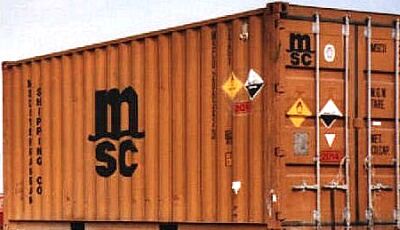


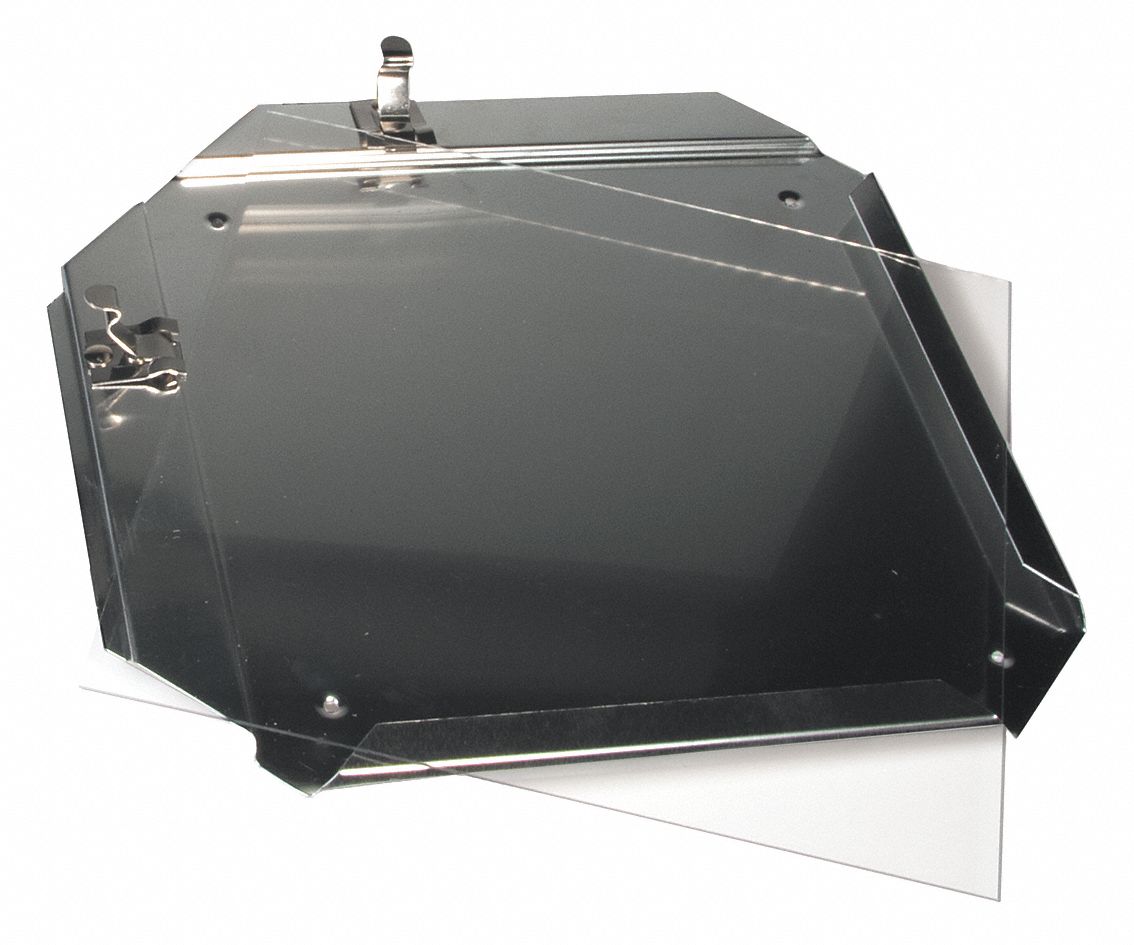
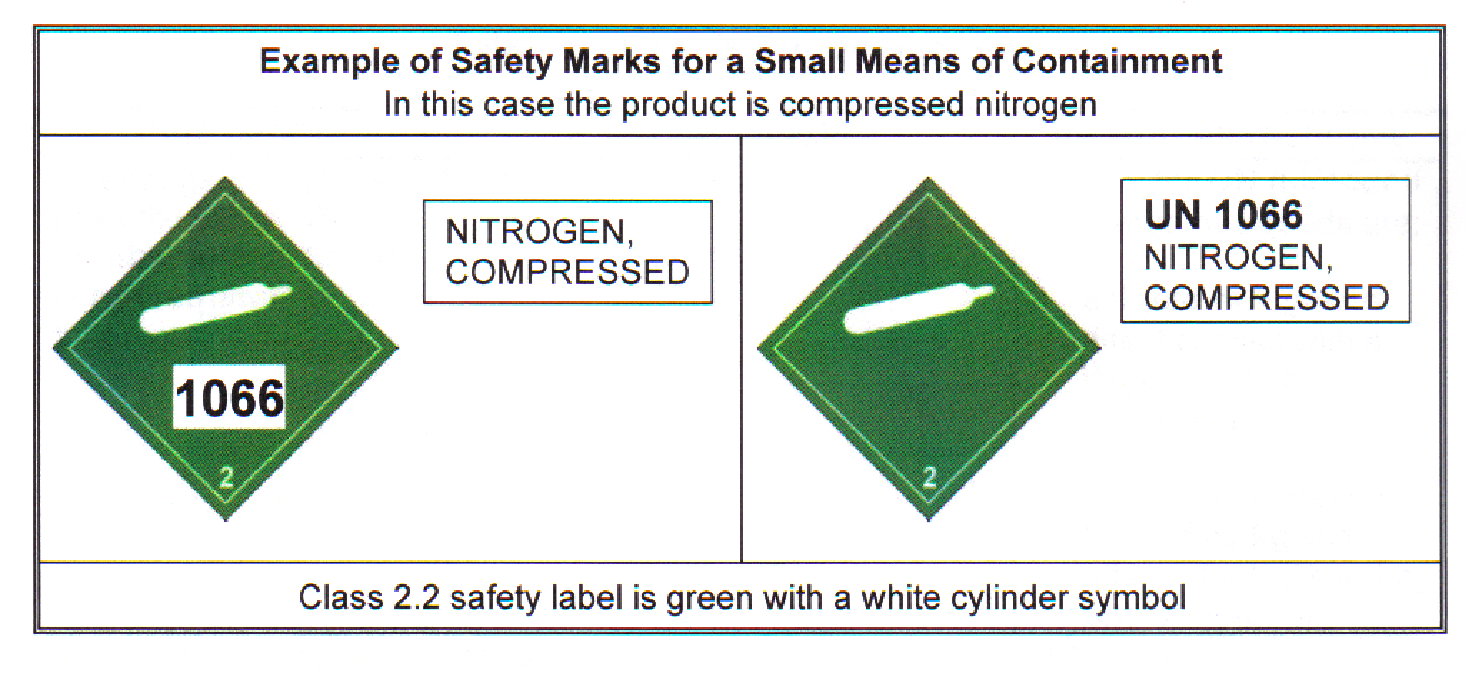
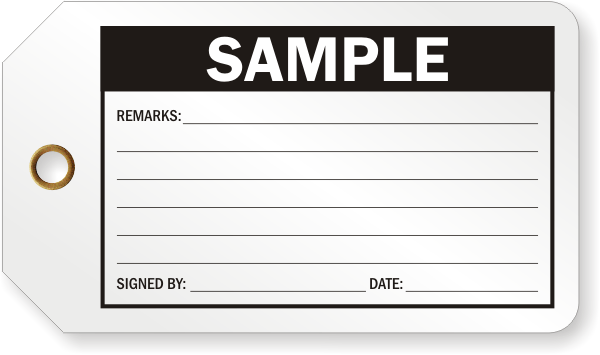
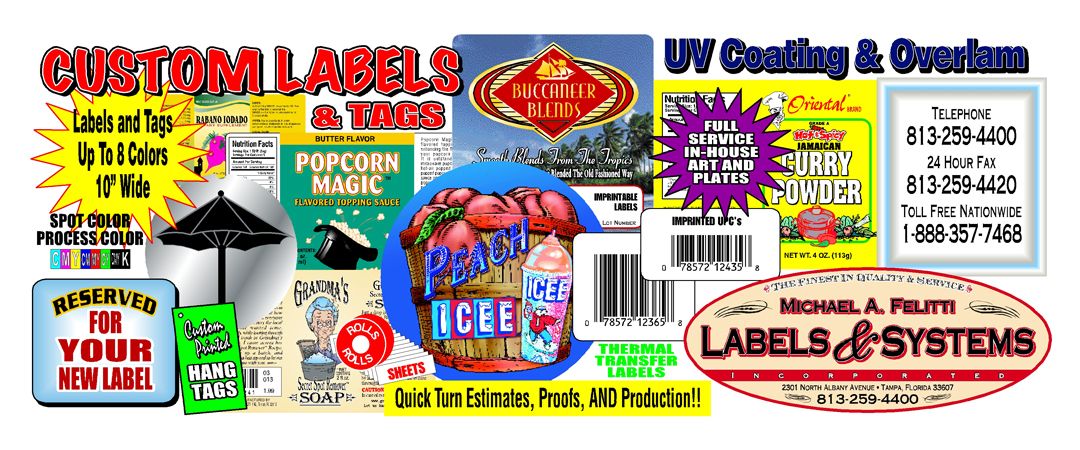





Post a Comment for "41 tdg labels are displayed on the"